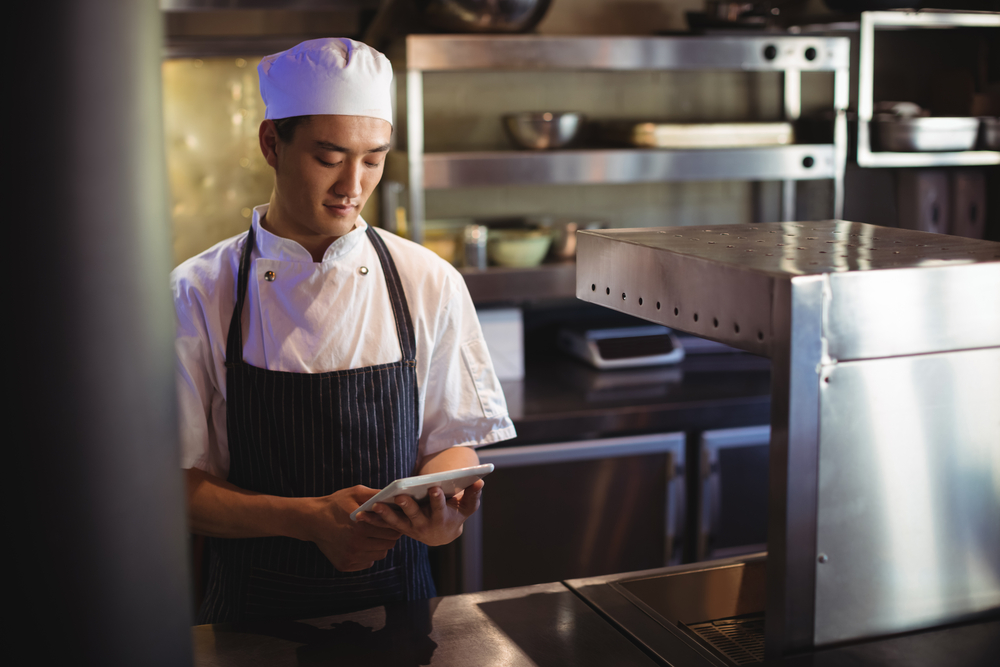The people who run commercial kitchens have always been looking for ways to boost kitchen efficiency and it is a constant battle. Between meeting the demands of customers, mounting inventory concerns, daily cleanup, and more, it’s no small challenge. The good news is that tech solutions have been steadily rising to the challenge. Over the last decade, information technology developers have been steadily delivering new ways to make kitchens more consistent, more productive, and deliver better service. Here are our top five kitchen efficiency-boosting technologies in 2022.
5 Ways Information Tech Can Boost Kitchen Efficiency in Your Restaurant
We all know the standard kitchen efficiency talking points from a time before kitchens went modern. They include creating workstations, doing lots of prep, making smaller menus, using an effective inventory process, and listening to employee feedback. These commercial kitchen truisms are still in effect.
What makes the following tech solutions so effective is that they are designed to address these tried and true ideas.
1. Automated Inventory Management
Managing inventory is always tough. Tracking what you have, what you need, what’s fresh and what isn’t is tough even in a private home. Add to that the need to meet commercial demands at scale, and you’ve got yourself a minefield. Automated inventory management is taking a lot of the strain out of these tasks, helping kitchens to stay focused on their culinary arts.
2. QR Codes
This IT innovation came into its own during the pandemic. Now, restaurants are holding onto QR payment systems because they make transactions faster and more reliable. Reducing transcription errors is a big deal for kitchen efficiency and a must-have for avoiding embarrassing order mix-ups.
3. Feedback Systems
Seeing your establishment through the eyes of the customer is tough, but necessary. With the time your diners save on analog transactions, they will be happy to take a minute or two to fill out a touch-screen review form. Sure, it makes more desk work. But if you look at this feedback, you’ll gain valuable information. Modern systems are making this easier than ever.
4. Food Safety Management AI
The traditional method for handling the fact that food goes bad has always been laborious labeling, checking, and organization. None of that is going away, unfortunately. But food safety AI can take a lot of guesswork out of it. With carefully engineered algorithms, these systems can simulate your inventory and deliver a more accurate, reliable way to avoid using expired ingredients.
5. Transaction Augmentation
Transaction augmentation (TA) is a set of tools that includes QR codes, feedback systems, virtual sommeliers, table-side payment, and more. There is no single solution at this time which incorporates all TA enhancements. But the idea is about streamlining the entire customer service process. Ordering becomes easier. Transcription errors vanish. Wait times are reduced. Payment becomes less awkward for new customers, and this is just an overview. In the final analysis, it’s all about taking reasons to complain away from the customer’s experience with your brand.
The idea here is to lean on the wisdom the restaurateurs and chefs have developed over hundreds of years and use those lessons to adopt and apply the best new tools. The challenges of running a successful restaurant will always be with us. But with these recent developments, thriving modern kitchens may feel the pain of those challenges a little bit less.

